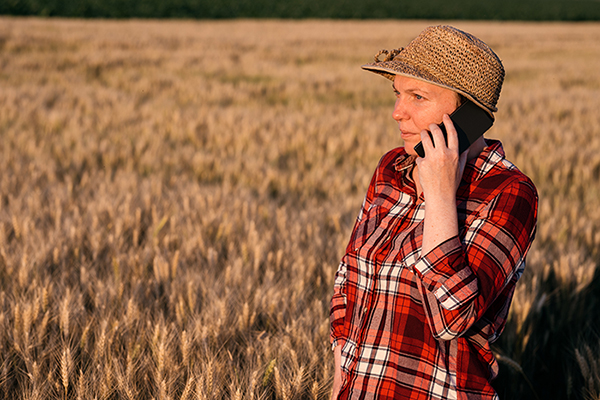
Broadband for the Bush Alliance
Grant round: 2017-18
Amount: $51,005
This project analysed data obtained through the Broadband for the Bush Alliance (B4BA) national survey. The survey focused on regional, rural and remote Australia, investigating the availability, quality, reliability and affordability experiences of network member organisations and their networks. The survey also investigated how consumers use their telecommunications services. In-depth case studies provide a rich data set of consumers’ stories in the use of telecommunications services. The results provide B4BA, ACCAN, RRRCC, IRCA and other interested parties data that can inform policy and strategy. This research aimed to address specific research needs identified by B4BA’s Strategic Business Plan and Forum VI.
Overview of findings:
- Affordability: Survey respondents indicated there was a general trend to services being more affordable in urban areas and less affordable in rural, remote and regional areas (RRR). Many respondents commented that the services would be value for money if they were actually able to use the services, however significant barriers including speed and reliablity meant that services were poor value for money.
- Speed of services: RRR people generally felt that speeds of internet services were poor, while urban respondents were happy with their internet speed.
- Relability of telecommunications sevices: Survey respondents from RRR areas reported that their services were very unreliable, however noted that WiFi calling has been a 'game changer' in providing better voice services in comparison with fixed line services.
- Fault rectification: The survey found that fault rectification is a major area of consumer dissatisfaction, with many respondents reporting a need to refer to the Ombudsman to have their issues resolved. Respondents categorised seeking assistance as 'difficult, stressful and frustrating' - with RRR people waiting up to 6 weeks for their fault to be rectified.
- Telehealth: Although a number of respondents had heard of telehealth, only a small percentage had used the service. Respondents reported a number of barriers in accessing telehealth services including inadequate internet service and data allowance, consultations not being billable to Medicare, and a lack of access to specialists.
